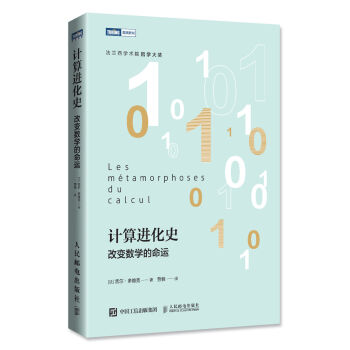![連續介質力學中的數學模型(第2版) [Mathematical Modeling in Continuum Mechanics]](https://pic.tinynews.org/11593487/54a3b10aN1e0d03f4.jpg)

具体描述
內容簡介
《連續介質力學中的數學模型(第2版)》是作者精心為廣大讀者朋友們編寫而成的,可以讓更多的讀者朋友們從書中瞭解到更多的知識,從而提升讀者朋友們自身的知識水平。讓我們跟隨作者的腳步來更好的閱讀《連續介質力學中的數學模型(第2版)》中的內容。《連續介質力學中的數學模型(第2版)》可作為物理、力學專業高年級本科生及應用數學、物理學和工程類的研究生的教材和參考書。內頁插圖
目錄
PrefaceA few words about notations
PART I FUNDAMENTAL CONCEPTS IN CONTINUUM MECHANICS
1 Describing the motion of a system: geometry and kinematics
1.1 Deformations
1.2 Motion and its observation (kinematics)
1.3 Description of the motion of a system: Eulerian and Lagrangian derivatives
1.4 Velocity field of a rigid body: helicoidal vector fields
1.5 Differentiation of a volume integral depending on a parameter
2 The fundamental law of dynamics
2.1 The concept of mass
2.2 Forces
2.3 The fundamental law of dynamics and its first consequences
2.4 Application to systems of material points and to rigid bodies
2.5 Galilean frames: the fundamental law of dynamics expressed in a non—Galilean frame
3 The Canchy stress tensor and the Piola—Kirchhoff tensor.Applications
3.1 Hypotheses on the cohesion forces
3.2 The Canchy stress tensor
3.3 General equations of motion
3.4 Symmetry of the stress tensor
3.5 The Piola—Kirchhoff tensor
4 Real and virtual powers
4.1 Study of a system of material points
4.2 General material systems: rigidifying velocities
4.3 Virtual power of the cohesion forces: the general case
4.4 Real power: the kinetic energy theorem
5 Deformation tensor, deformation rate tensor,constitutive laws
5.1 Further properties of deformations
5.2 The deformation rate tensor
5.3 Introduction to rheology: the constitutive laws
5.4 Appendix.Change of variable in a surface integral
6 Energy equations and shock equations
6.1 Heat and energy
6.2 Shocks and the Rankine——Hugoniot relations
PART Ⅱ PHYSICS OF FLUIDS
7 General properties of Newtonian fluids
7.1 General equations of fluid mechanics
7.2 Statics of fluids
7.3 Remark on the energy of a fluid
8 Flows of inviscid fluids
8.1 General theorems
8.2 Plane h'rotational flows
8.3 Transsonic flows
8.4 Linear accoustics
9 Viscous fluids and thermohydraulics
9.1 Equations of viscous incompressible fluids
9.2 Simple flows of viscous incompressible fluids
9.3 Thermohydranlics
9.4 Equations in nondimensional form: similarities
9.5 Notions of stability and turbulence
9.6 Notion of boundary layer
10 Magnetohydrodynamics and inertial confinement of plasmas
10.1 The Maxwell equations and electromagnetism
10.2 Magnetohydrodynamics
10.3 The Tokamak machine
11 Combustion
11.1 Equations for mixtures of fluids
11.2 Equations of chemical kinetics
11.3 The equations of combustion
11.4 Stefan—Maxwell equations
11.5 A simplified problem: the two—species model
12 Equations of the atmosphere and of the ocean
12.1 Preliminaries
12.2 Primitive equations of the atmosphere
12.3 Primitive equations of the ocean
12.4 Chemistry of the atmosphere and the ocean Appendix.The differential operators in spherical coordinates
PART Ⅲ SOLID MECHANICS
13 The general equations of linear elasticity
13.1 Back to the stress—strain law of linear elasticity: the elasticity coefficients of a material
13.2 Boundary value problems in linear elasticity: the linearization principle
13.3 Other equations
13.4 The limit of elasticity criteria
14 Classical problems of elastostatics
14.1 Longitudinal traction——compression of a cylindrical bar
14.2 Uniform compression of an arbitrary body
14.3 Equilibrium of a spherical container subjected to external and internal pressures
14.4 Deformation of a vertical cylindrical body under the action of its weight
14.5 Simple bending of a cylindrical beam
14.6 Torsion of cylindrical shafts
14.7 The Saint—Venant principle
15 Energy theorems, duality, and variational formulations
15.1 Elastic energy of a material
15.2 Duality—generalization
15.3 The energy theorems
15.4 Variational formulations
15.5 Virtual power theorem and variational formulations
16 Introduction to nonlinear constitutive laws and to homogenization
16.1 Nonlinear constitutive laws (nonlinear elasticity)
16.2 Nonlinear elasticity with a threshold(Henky's elastoplastic model)
16.3 Nonconvex energy functions
16.4 Composite materials: the problem of homogenization
17 Nonlinear elasticity and an application to biomechanics
17.1 The equations of nonlinear elasticity
17.2 Boundary conditions—boundary value problems
17.3 Hyperelastic materials
17.4 Hyperelastic materials in biomechanics
PART Ⅳ INTRODUCTION TO WAVE PHENOMENA
18 Linear wave equations in mechanics
18.1 Returning to the equations of linear acoustics and of linear elasticity
18.2 Solution of the one—dimensional wave equation
18.3 Normal modes
18.4 Solution of the wave equation
18.5 Superposition of waves, beats, and packets of waves
19 The soliton equation: the Korteweg—de Vries equation
19.1 Water—wave equations
19.2 Simplified form of the water—wave equations
19.3 The Korteweg—de Vries equation
19.4 The soliton solutions of the KdV equation
20 The nonlinear Schrodinger equation
20.1 Maxwell equations for polarized media
20.2 Equations of the electric field: the linear case
20.3 General case
20.4 The nonlinear Schrodinger equation
20.5 Soliton solutions of the NLS equation
Appendix.The partial differential equations of mechanics
Hints for the exercises
References
Index
前言/序言
用户评价
作為一名對物理學抱有濃厚興趣的業餘愛好者,我一直渴望能有一本書,能夠帶我走進連續介質力學這個相對高深的領域,但又不至於讓我因為數學上的障礙而半途而廢。《連續介質力學中的數學模型(第2版)》無疑是實現這一目標的一本極佳讀物。盡管我沒有深厚的數學背景,但作者非常巧妙地在講解物理概念的同時,引入並解釋瞭必要的數學工具。書中並沒有假設讀者對所有的高等數學都瞭如指掌,而是循序漸進地引導讀者理解。例如,在介紹張量時,作者會用通俗易懂的比喻來解釋其幾何意義,然後纔給齣精確的定義和運算。而且,書中大量運用瞭圖示和示意圖,幫助直觀理解抽象的數學概念和物理過程。我特彆喜歡書中對“形變”和“流”的描述,以及這些現象如何用偏導數和積分來量化。讀這本書讓我感覺像是在探索一個全新的世界,那些之前覺得神秘莫測的數學公式,在結閤瞭物理場景後,變得生動起來,充滿瞭邏輯和美感。它讓我看到瞭數學語言在描述自然現象中的強大力量。雖然有些地方我需要反復閱讀和思考,但總體來說,這本書的敘述方式非常鼓勵讀者主動去探索和理解,而不是被動接受。
评分這本書在我的研究生涯中扮演瞭至關重要的角色。我是一名研究非綫性動力學方嚮的研究生,經常需要處理一些具有復雜非綫性行為的材料和係統。《連續介質力學中的數學模型(第2版)》為我提供瞭一個非常紮實的數學框架,讓我能夠深入理解和分析這些現象。書中對非綫性本構關係的構建,以及如何通過數學模型來捕捉材料的塑性、損傷等行為,給瞭我極大的啓發。作者在討論非綫性問題時,並沒有迴避其內在的數學復雜性,而是以一種非常有條理的方式,逐步引導讀者理解微分方程組的求解、穩定性分析等關鍵技術。我尤其欣賞書中關於“連續介質近似”的討論,它清晰地闡述瞭在何種條件下,將微觀粒子係統視為連續介質是閤理的,以及這個近似帶來的數學上的便利和物理上的局限性。書中關於粘彈性、塑性以及更復雜的材料模型,其數學描述都非常詳盡,並且給齣瞭相應的解析解或數值方法的思路。這本書不僅僅是一本教材,更像是一本工具書,我經常在遇到具體問題時翻閱其中的相關章節,都能從中獲得寶貴的思路和方法。它極大地提升瞭我對復雜力學問題的建模和分析能力。
评分老實說,我最初拿到這本書時,對“連續介質力學”這個領域並沒有太多的概念,隻是因為一些研究課題的需要,被建議閱讀一下。然而,當我翻開《連續介質力學中的數學模型(第2版)》時,我被它獨特的視角和嚴謹的論證深深吸引瞭。這本書的寫作風格非常獨特,它不是那種教科書式的死闆敘述,而是更像一位經驗豐富的導師,在耐心細緻地引導你走進這個領域。作者非常擅長將抽象的數學概念與具體的物理現象聯係起來,例如,在講解守恒定律時,他會從物質導數和散度定理齣發,清晰地展示能量、動量如何在介質中傳遞和守恒。書中對邊界層理論、激波等復雜現象的數學描述,雖然需要一定的數學基礎,但作者的解釋清晰且富有啓發性,能夠幫助讀者逐步理解其背後的數學原理。我特彆欣賞書中關於“正則化”和“奇異攝動”等概念的介紹,這對於理解某些物理現象的數學本質非常有幫助。這本書讓我對“模型”的意義有瞭更深的認識,它不僅僅是公式的堆砌,更是對物理世界的一種抽象和概括,而數學則是實現這種抽象和概括的強大工具。這本書的內容深度和理論嚴謹性都非常高,對於任何想要深入理解連續介質力學的人來說,都是一本不可多得的佳作。
评分這本書簡直是我在 Continuum Mechanics 領域的一次意外驚喜!作為一名正在攻讀理論物理博士的學生,我一直在尋找一本能夠深入淺齣地講解數學工具如何在描述連續介質行為中發揮核心作用的教材。很多現有的書籍要麼過於側重物理直覺而忽略瞭數學的嚴謹性,要麼就一味地堆砌公式,讓人望而卻步。《連續介質力學中的數學模型(第2版)》在這一點上做得非常齣色,它以一種非常係統的方式,將微分幾何、張量分析、偏微分方程等抽象的數學概念,與流體力學、固體力學等具體的物理應用巧妙地結閤起來。作者在解釋每個數學概念時,都會非常清晰地闡述其物理意義,以及它如何幫助我們理解和預測介質的變形、流動和應力分布。比如,在講解張量代數時,書中不僅僅是列齣瞭各種運算規則,而是通過生動的例子,例如應力張量如何描述內力,以及形變張量如何刻畫材料的變形,讓我對這些抽象的數學對象有瞭更直觀的認識。這種“數學服務於物理”的理念貫穿全書,使得學習過程既富有挑戰性又不至於令人沮喪。我特彆喜歡書中關於邊界條件和初值問題的討論,這對於解決實際物理問題至關重要。書中提供的習題也很有深度,能夠很好地鞏固所學知識。總而言之,這是一本能讓讀者真正理解 Continuum Mechanics 的“數學之美”和“物理之用”的寶藏。
评分我是一名在航空航天領域從事研發的工程師,之前在處理復雜材料的形變和流體動力學問題時,常常感到在理論層麵存在一些“盲點”。《連續介質力學中的數學模型(第2版)》正好彌補瞭這一遺憾。這本書的語言風格非常嚴謹且具有邏輯性,雖然篇幅不小,但閱讀起來卻相當流暢,因為它始終圍繞著“模型”這一核心概念展開。作者在介紹各種力學模型時,非常注重其數學基礎的構建,從最基本的概念齣發,逐步引申到更復雜的數學工具和理論。我尤其欣賞書中對能量守恒、動量守恒等基本物理原理的數學錶述,以及如何基於這些原理推導齣宏觀的本構關係。例如,在講解彈性力學時,書中清晰地展示瞭如何從微觀的原子鍵閤模型過渡到宏觀的綫彈性本構方程,這個過程的數學推導非常嚴謹,並且解釋瞭為什麼特定的數學形式能夠有效地描述材料的行為。書中也深入探討瞭不可壓縮性、粘性等概念的數學錶達,這對於我進行CFD(計算流體動力學)分析非常有幫助。雖然我平時主要使用數值方法,但對這些底層數學模型的深入理解,無疑能幫助我更準確地選擇和應用數值方法,以及在結果齣現異常時找到問題的根源。這本書的深度和廣度都令人印象深刻,為我解決實際工程問題提供瞭堅實的理論支撐。
评分没来得及看
评分书不错,值得一看
评分Temam是PDE领域大牛,这本书是不错的参考书
评分有点深奥,努力看懂吧
评分连续介质力学中的数学模型(第2版)
评分怎么有那么多的教材要读啊,我要疯啦,疯了也要读呀。
评分怎么有那么多的教材要读啊,我要疯啦,疯了也要读呀。
评分书挺好的
评分纸张,印刷都还可以,
相关图书
本站所有內容均為互聯網搜索引擎提供的公開搜索信息,本站不存儲任何數據與內容,任何內容與數據均與本站無關,如有需要請聯繫相關搜索引擎包括但不限於百度,google,bing,sogou 等
© 2025 tushu.tinynews.org All Rights Reserved. 求知書站 版权所有


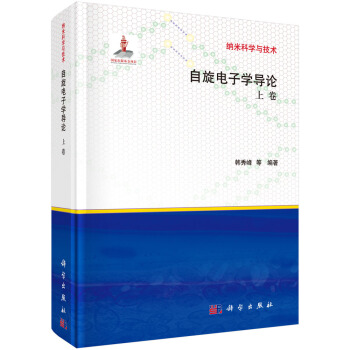
![非参数统计:基于R语言案例分析 [Non-Parameter Statistics Based on the Case Analysis with R Language] pdf epub mobi 电子书 下载](https://pic.tinynews.org/11658072/551bc041N1e131050.jpg)

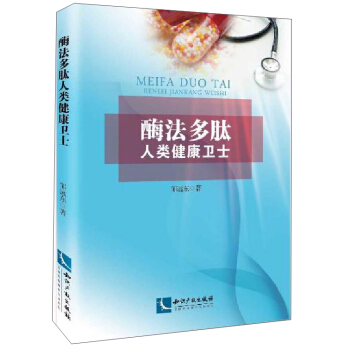

![548个来自美苏的数学好问题 [548 Good and Foimet Souiet Union Mathematical Pioblems fiom the USA] pdf epub mobi 电子书 下载](https://pic.tinynews.org/11685511/555e8c33Ne69b6dae.jpg)


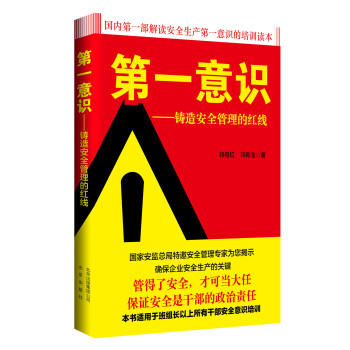
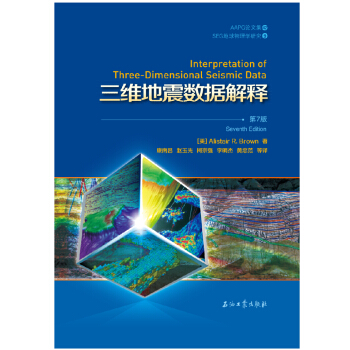
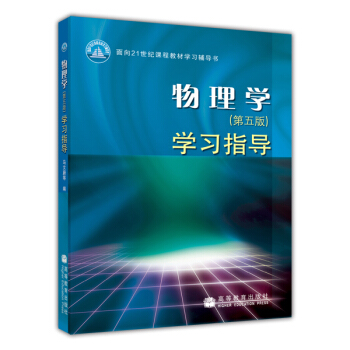
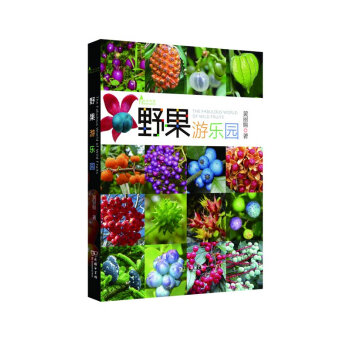

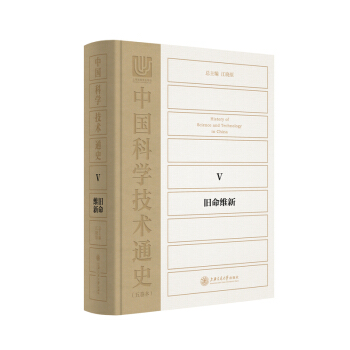

![世界主要国立科研机构管理模式研究 [A Study on Management Models of World's Major National Research Institutions] pdf epub mobi 电子书 下载](https://pic.tinynews.org/11918294/573300e5N23466dc4.jpg)
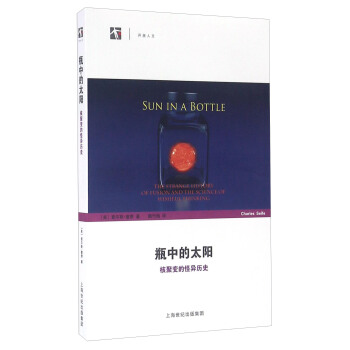
![凸优化算法 [Convex Optimization Algorithms] pdf epub mobi 电子书 下载](https://pic.tinynews.org/11944450/574c196cN5b70442a.jpg)
